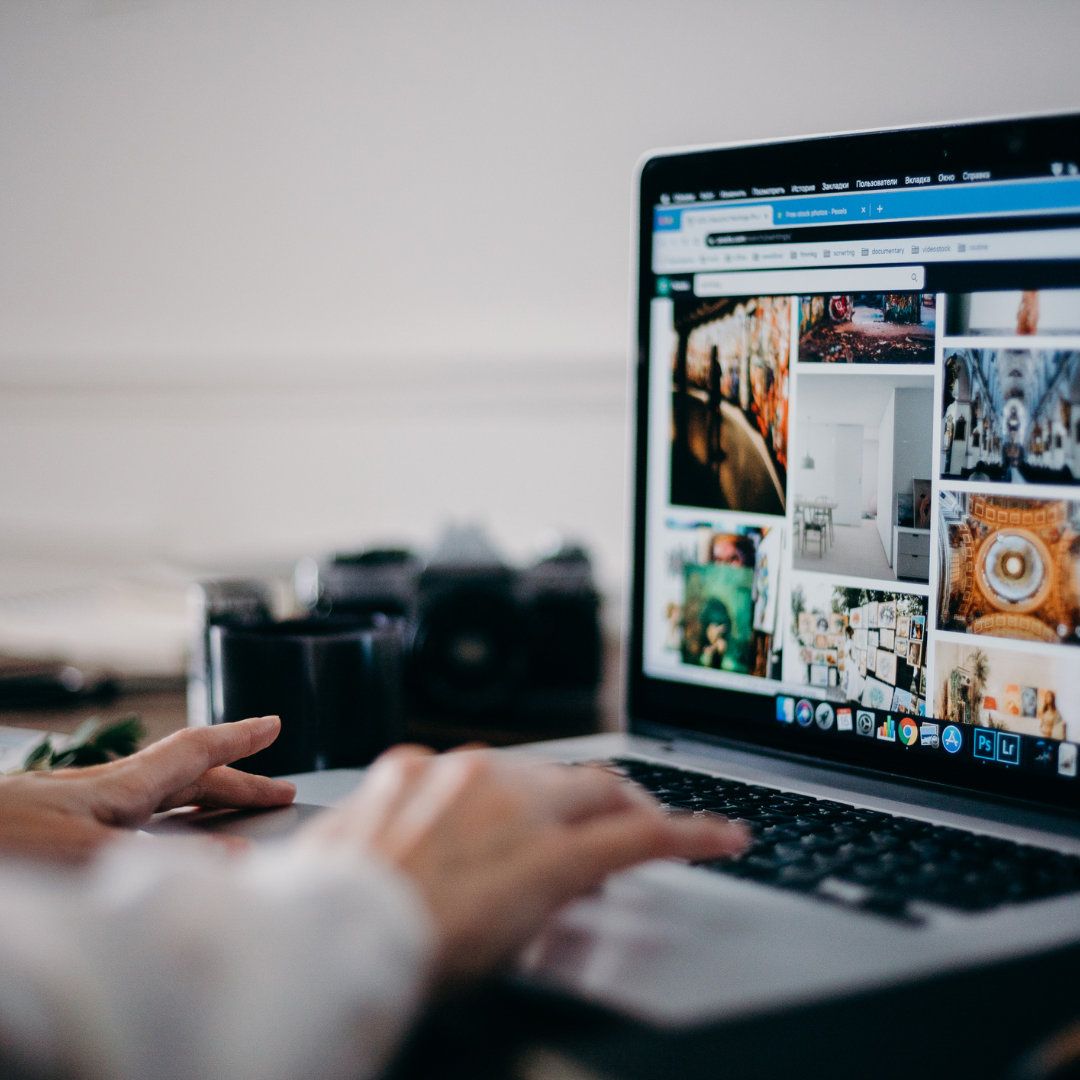The Daily Routines of 26 Most Creative People in History
Throughout history, most creative people in history have left a lasting impact on the world with their revolutionary ideas and groundbreaking creations. Behind their extraordinary achievements lie intriguing daily routines and habits that have shaped their creative processes.
In this article, we will explore the daily routines of 26 of the most creative people in history, revealing their unique insights, tips, and quotes that can inspire and motivate us to unleash our creative potential.
Early Risers with a Purpose
Some of the most creative people in history believed in the power of starting their day early with a clear purpose. Benjamin Franklin, an inventor, scientist, and Founding Father of the United States, famously said, "Early to bed and early to rise makes a man healthy, wealthy, and wise." This habit allowed them to capitalize on the quiet hours of the morning, providing a serene and focused environment for ideation and creation. Leonardo da Vinci, the Renaissance polymath, wrote in his notebooks, "Rise early—it is the early bird that catches the worm." By waking up before the world stirred awake, they could dive deep into their thoughts and creative processes.
Embracing Solitude
Many creative people in history found solace in solitude, using it as a means to explore their inner thoughts without distraction. The poet Emily Dickinson, known for her introspective and imaginative works, once wrote, "The soul selects her own society." Solitude often led to moments of introspection, providing fresh perspectives and new ideas. Mathematician and physicist Albert Einstein remarked, "The monotony and solitude of a quiet life stimulate the creative mind." Through embracing solitude, they tapped into the depths of their consciousness, sparking extraordinary creativity.

Exercise and Physical Activity
The correlation between physical activity and creativity was well recognized by most creative people in history. Charles Dickens, the renowned author, was an avid walker, and his daily walks often fueled his creative process. He once said, "The sum of the whole is this: Walk and be happy; walk and be healthy." Engaging in regular exercise was believed to boost energy levels, enhance cognitive function, and combat stress, creating a conducive environment for creative thinking. For Pablo Picasso, the iconic painter, exercise was not a mere hobby but an essential part of his daily routine: "I am always doing that which I cannot do, in order that I may learn how to do it."
Journaling and Sketching
The act of keeping a journal or sketchbook was a common habit of creative people in history. Virginia Woolf, the influential writer, maintained a prolific journal, capturing her thoughts, observations, and emotions. She once expressed, "I feel that I have freed my soul." These journals acted as reservoirs of inspiration, allowing them to document fleeting ideas and moments of inspiration. For Vincent van Gogh, the master painter, sketching was a way of life: "I dream of painting, and then I paint my dream." Through journaling and sketching, most creative people in history preserved fragments of their creative journeys.
Taking Walks
Most creative people in history often found solace and inspiration in leisurely walks. The philosopher Friedrich Nietzsche proclaimed, "All truly great thoughts are conceived while walking." Walking provided a mental break from the hustle of daily life, stimulating thoughts and encouraging contemplation. For Steve Jobs, the visionary co-founder of Apple IncWalking meetings were an integral part of his creative process: "Taking a walk together is incredibly efficient."
Reading Widely
Avid readers, most creative people in history understood the power of consuming diverse material. Mark Twain, the beloved American author, once said, "The man who does not read has no advantage over the man who cannot read." Reading exposed them to various perspectives, knowledge, and ideas, often serving as a catalyst for their own innovative concepts. The great inventor Thomas Edison was known to have an extensive library and found inspiration in books: "My three favorite things are reading, reading, reading." Through wide-ranging reading, they expanded their mental horizons and enriched their creative endeavors.
Embracing Failure and Perseverance
The journey of creativity was not without its share of failures and setbacks. Thomas Edison, who made numerous attempts before successfully inventing the electric light bulb, said, "I have not failed. I've just found 10,000 ways that won't work." Most creative people in history emphasized the importance of embracing failure as an integral part of the creative process. They viewed failure as an opportunity to learn and grow, pushing them closer to their ultimate successes.
Cultivating Curiosity
Curiosity was a driving force among most creative people in history. Albert Einstein once remarked, "I have no special talent. I am only passionately curious." They remained endlessly curious about the world around them, constantly seeking new knowledge and experiences. This insatiable curiosity fueled their imagination and allowed them to explore new ideas and possibilities.

Creating a Sacred Space
Most creative people in history had a dedicated space for their work, free from distractions. Maya Angelou, the renowned poet and author, found solace in her writing room, stating, "I keep a hotel room in my town, although I have a large house. And I go there at about 5:30 in the morning, and I start working. And I don't allow anybody to come in that room." This environment helped foster deep concentration and focus, enabling them to delve into their creative processes with undivided attention.
Power of Routine
A structured daily routine played a pivotal role in the creative process of most creative people in history. Agatha Christie, the prolific mystery writer, adhered to a disciplined routine: "The best time for planning a book is while you're doing the dishes." Having a set schedule allowed them to focus more on the task at hand, eliminating distractions and paving the way for creativity to flow unhindered.
Meditation and Mindfulness: most creative people in history found solace in meditation and mindfulness practices. For composer Ludwig van Beethoven, "Music is a higher revelation than all wisdom and philosophy." Practicing meditation and mindfulness allowed these individuals to quiet their minds, enhancing clarity and creativity. By being fully present in the moment, they were better able to tap into their creative potential.
Collaboration and Networking
Most creative people in history believed in the power of collaboration and networking. Leonardo da Vinci, who thrived on collaboration, famously said, "Learning never exhausts the mind." They surrounded themselves with diverse individuals who challenged their thinking and broadened their horizons. Collaborative efforts often led to the fusion of ideas and the birth of groundbreaking innovations.
Limiting Technology Use
While technology has its benefits, most creative people in history recognized the importance of limiting its use to nurture creativity. J.K. Rowling, the beloved author of the Harry Potter series, once tweeted, "I wrote the first Harry Potter while still a teacher. I'd correct schoolwork, then type a bit of the story. The old manual typewriter was more forgiving of my mistakes than the computer." By reducing exposure to digital distractions, most creative people in history allowed more time for genuine human interactions and imaginative thinking.
Embracing Unstructured Time
Most creative people in history understood the significance of unstructured time in the creative process. Albert Einstein, in his moments of leisure, said, "Creativity is intelligence having fun." Creating space for unstructured time permitted their minds to wander and explore new realms of creativity. These periods of relaxation and leisure often led to unexpected insights and creative breakthroughs.
Power Naps
Rejuvenation through power naps was a common practice among most creative people in history. Leonardo da Vinci, who believed in the power of napping, said, "A well-spent day brings happy sleep.'' Most creative people in history found that short naps enhanced their cognitive abilities and problem-solving skills, allowing them to approach their work with renewed vigor.

Rituals and Superstitions
Quirky rituals and superstitious beliefs were not uncommon among most creative people in history. The renowned composer Wolfgang Amadeus Mozart had a habit of writing his music in red ink, while the novelist Vladimir Nabokov only wrote using index cards. These unique practices were believed to bring luck and inspiration, serving as personal anchors in the tumultuous sea of creativity.
Emotion as Fuel
Emotional experiences, both positive and negative, served as a wellspring of inspiration for most creative people in history. Frida Kahlo, the iconic Mexican artist, channeled her pain and emotions into her art, stating, "I paint flowers so they will not die." The capacity to harness their emotions and translate them into their creative work added depth and authenticity to their creations.
The daily routines and habits of most creative people in history provide valuable insights into how they harnessed their genius. Early rising, embracing solitude, engaging in physical activity, journaling, and embracing failure were some of the common practices that shaped their creative processes. Curiosity, collaboration, and limiting technology use also played crucial roles. As we draw inspiration from these brilliant minds, let us remember that creativity is a deeply personal and unique journey. By exploring and adapting these habits to our own lives, we can unlock our creative potential and make our mark on the world.
Looking for your perfect flexible space to fuel your creativity and productivity? Office Hub offers an extensive range of inspiring office spaces all over Australia, tailored to suit your needs.
Whether you seek a peaceful and private space or a coworking office environment, Office Hub can help you find the ideal workspace to bring your creative visions to life. Embrace your creativity and find your perfect office space with Office Hub today. Contact us now!


